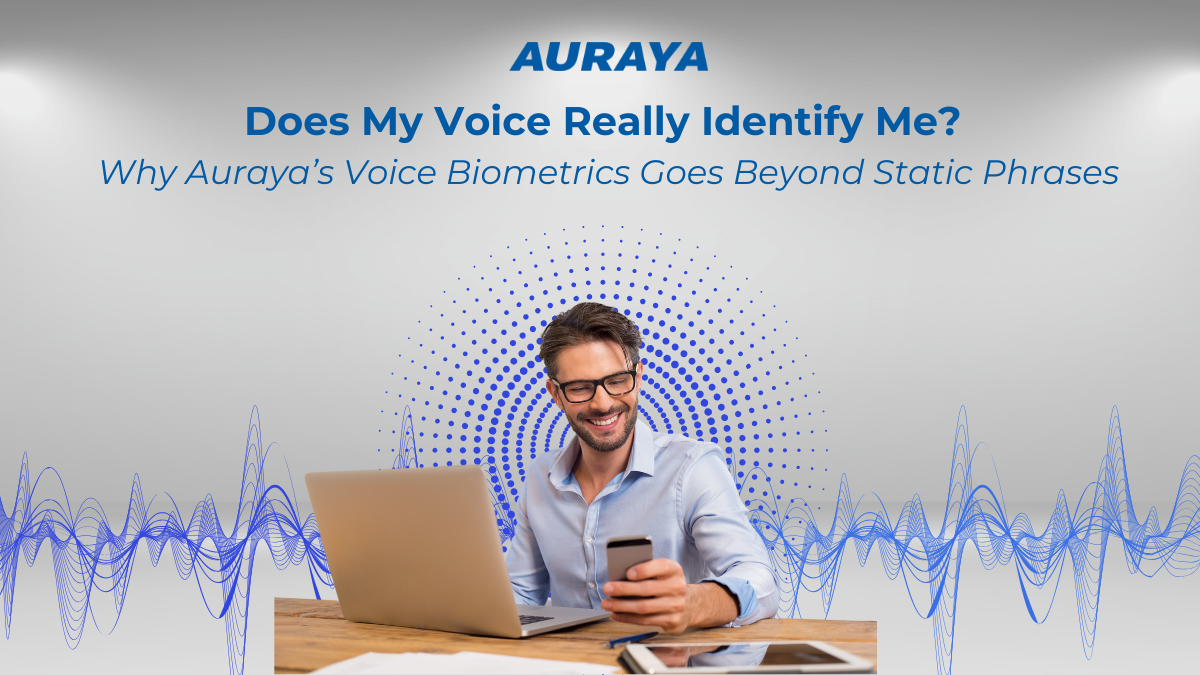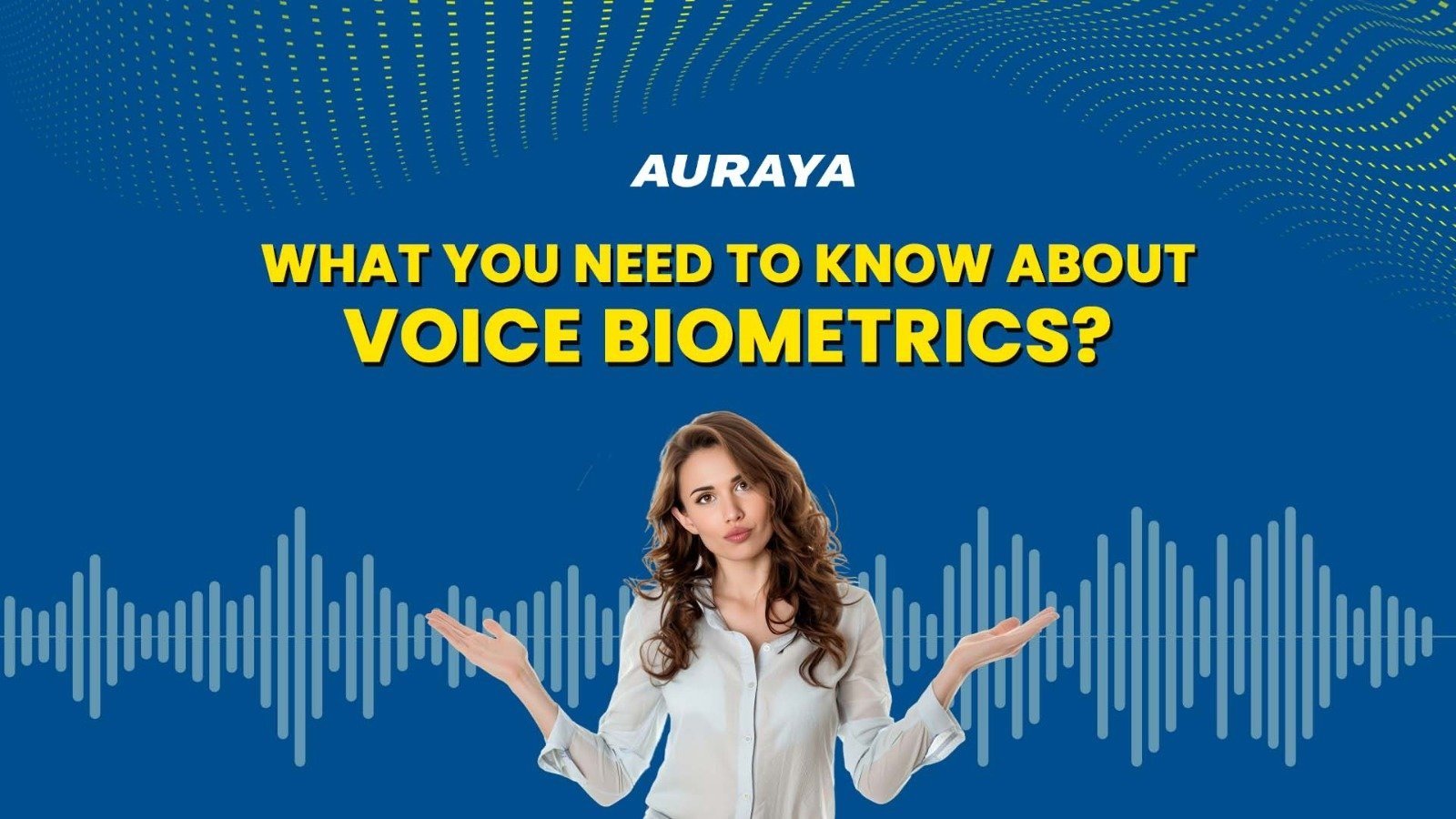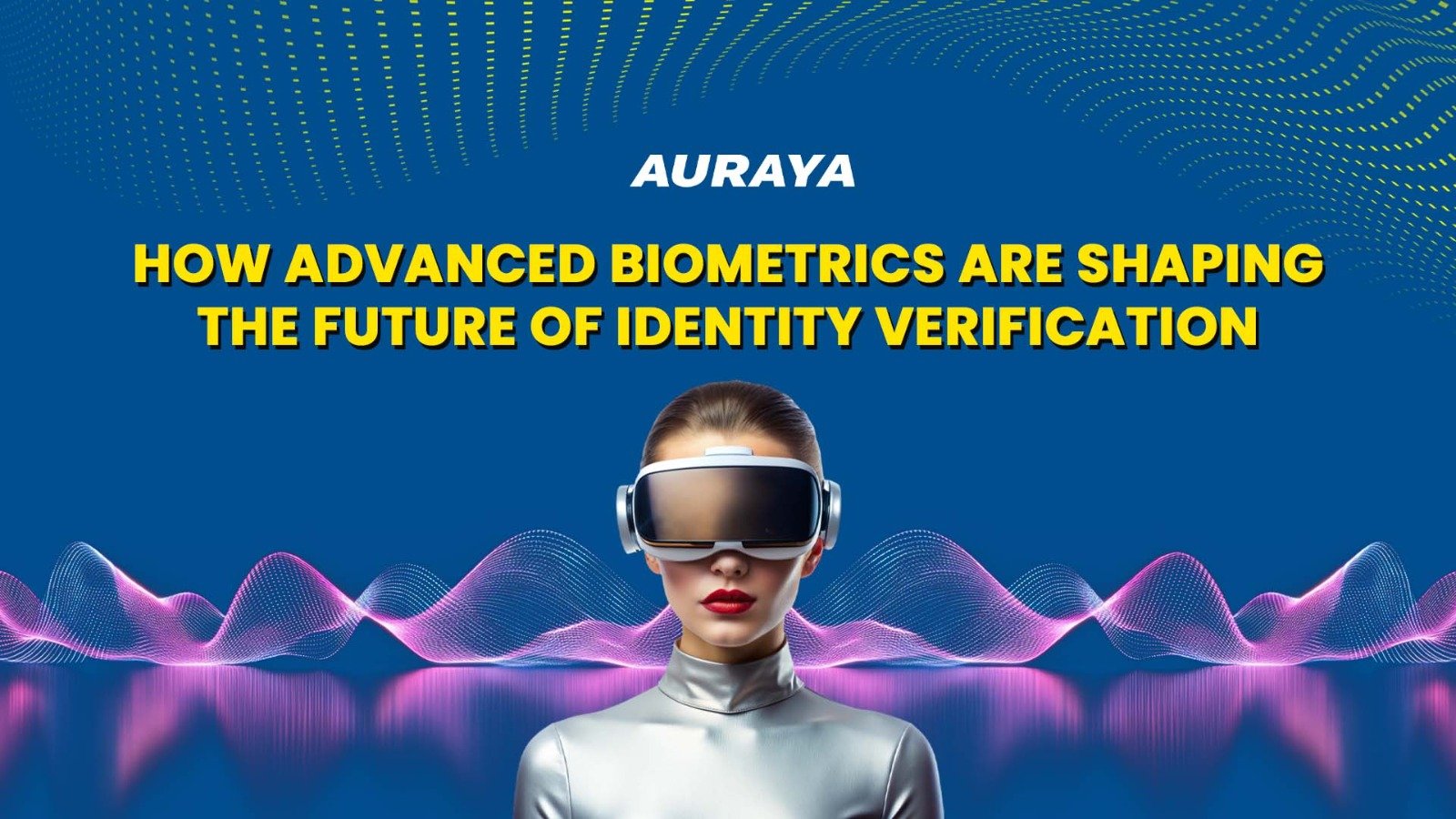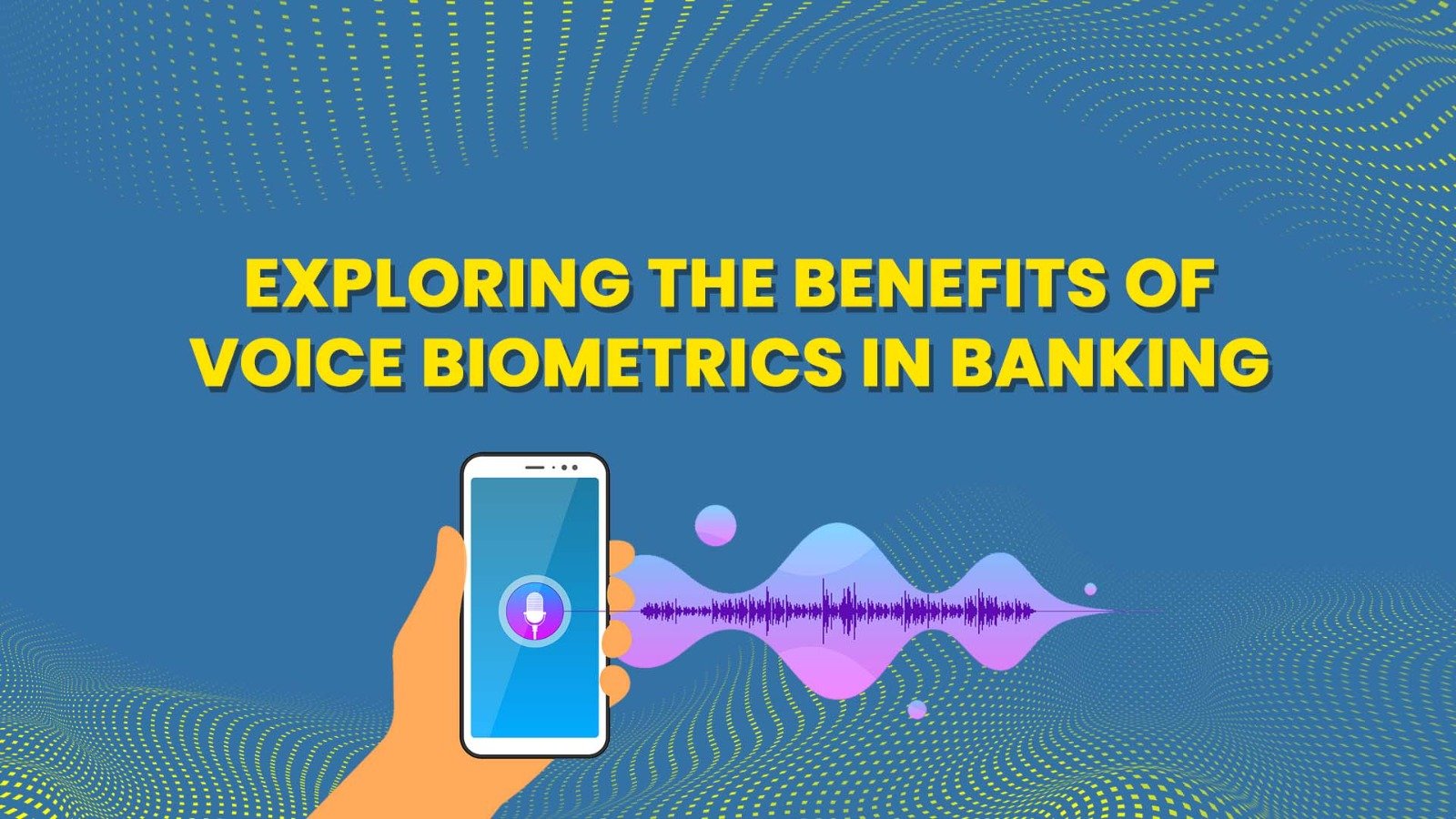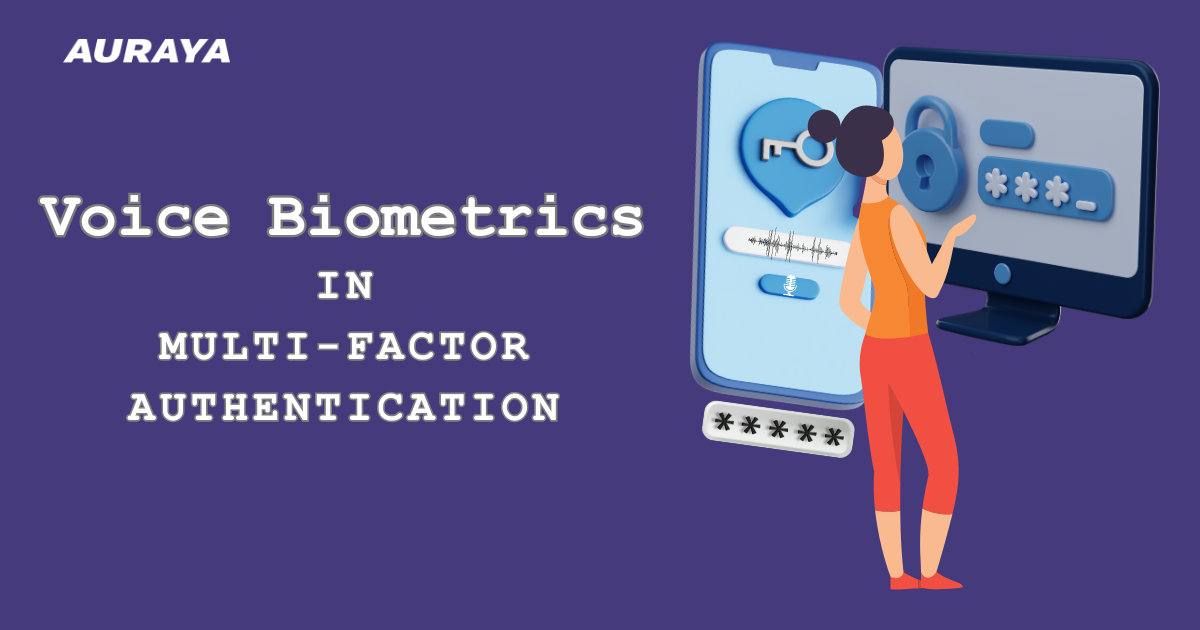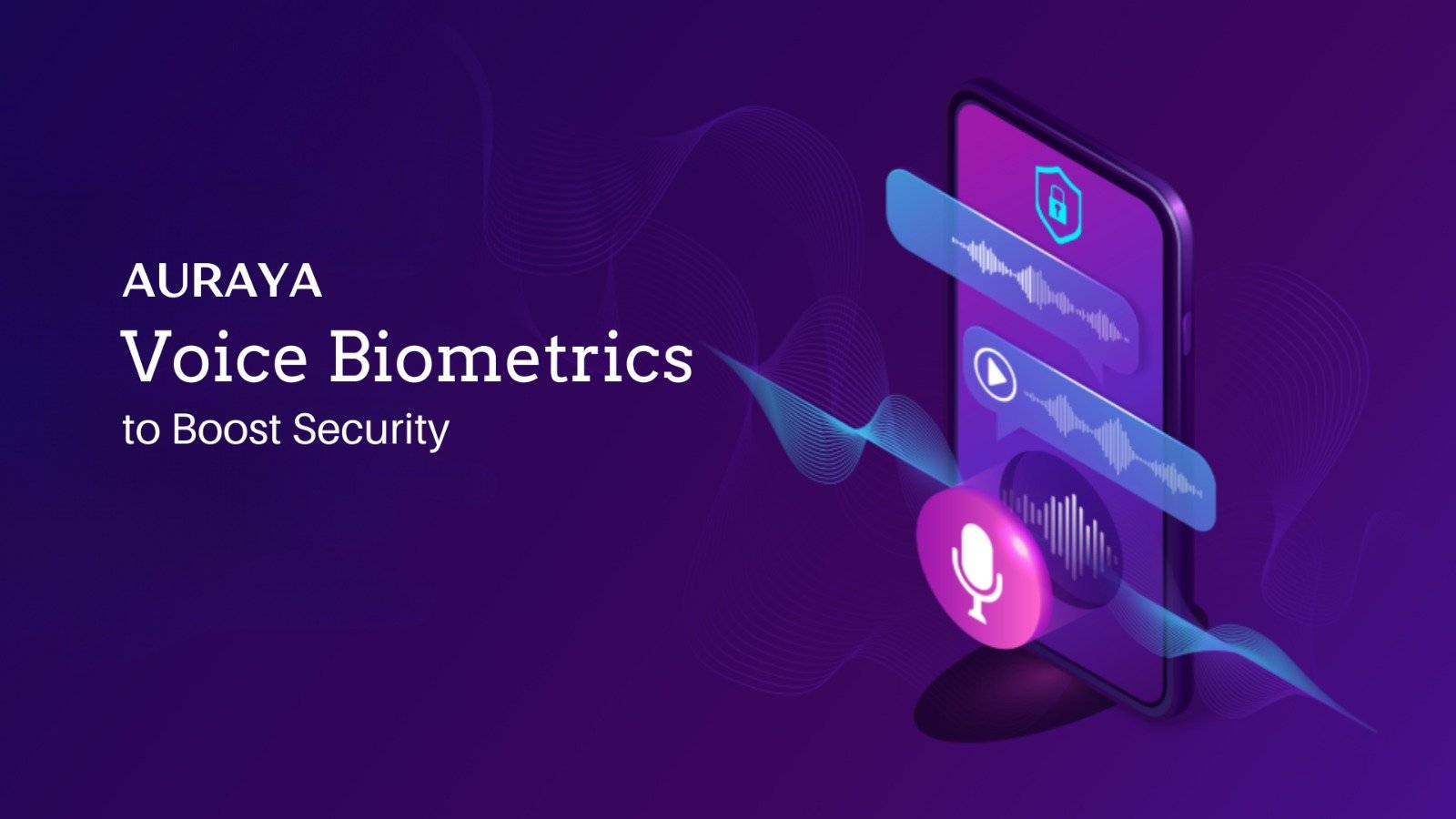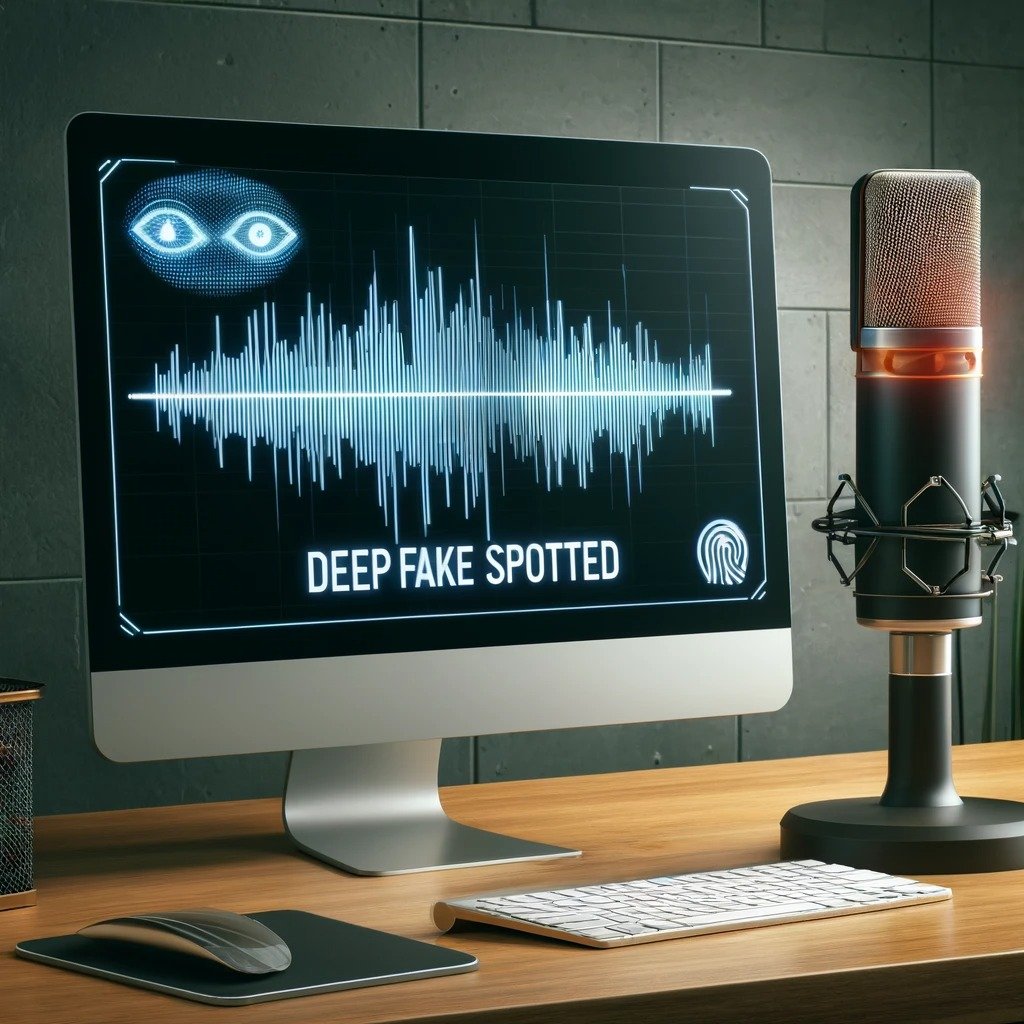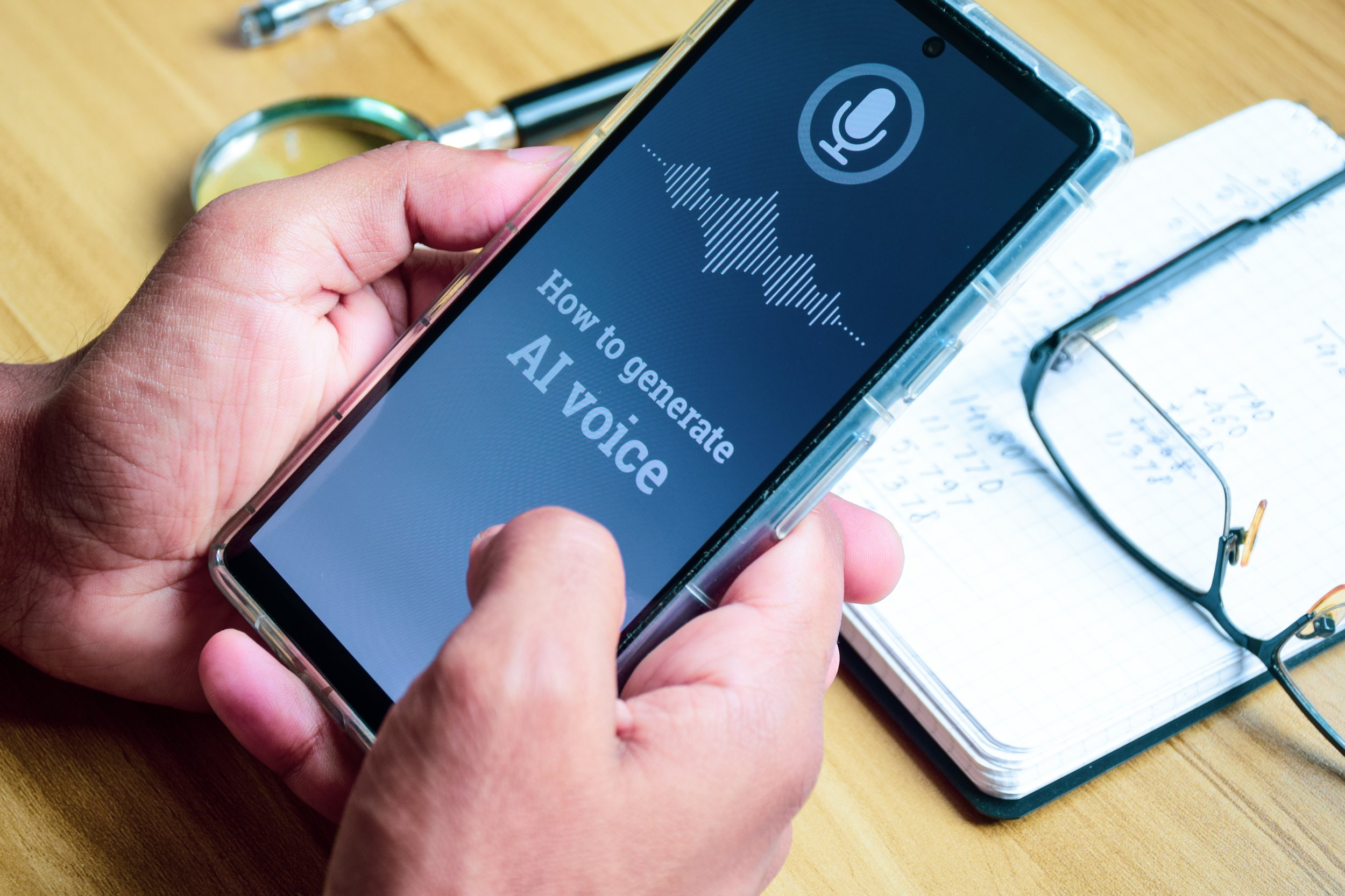Difference Between Speech Recognition and Voice Recognition
According to Data Bridge Market Research, the global voice recognition and speech recognition market is set to grow at a CAGR rate of 25.7% from 2018 to 2025. The market is expected to reach a market value of USD 6,770.21 million by 2025.
Market strengths include increased demand for voice and speech-based biometric systems, increasing demand for voice authentication in digital channels such as mobile applications and the implementation of artificial intelligence to improve voice and speech recognition accuracy.
Present opportunities include the development of multi-linguistics and local languages and the implementation of voice and speech recognition in the automotive industry and service robots. However, research states that voice and speech technology limitations and the incompetence to suppress background noise still threatens the market.
Difference Between Voice Recognition and Speech Recognition
The forecasted market for voice biometrics is looking positive and its popularity and demand continues to grow. Therefore, it is necessary to clear up common misconceptions and identify the difference between voice and speech recognition.
Speech recognition uses devices to capture spoken languages to trigger a command or action. Today, speech recognition is compatible with numerous languages but has yet to cover all known languages. Devices such as smartphones, computers and even automobiles use audio hardware such as built-in microphones to capture the user’s spoken words and translate it into text. This text can then be used to trigger a command or action in the system. A common example of speech recognition is speech-to-text (STT). This technology is often found in smart devices such as mobile phones and smart assistants like Amazon Alexa and Google Home.
Voice recognition, on the other hand captures, the user’s voice print with to identify and verify the user. Identification is used when the system is attempting to detect who the user is. This technology captures the user’s voice print and cross matches it against multiple profiles in its database to find an existing profile. Meanwhile, verification is used when the system is attempting to confirm that the user is who they say they are. This technology uses voice prints to match the user’s identity against a specific profile in the database to verify their identity.
Voice Recognition and Cybersecurity
Between the two technologies, voice recognition is more focused on cybersecurity. Especially today in a convincingly digital world, it is imperative that people and organizations have the latest and most secure security methods available. This reflects the forecasted growth in the market as reported by Data Bridge Market Research. Here at Auraya, we focus our voice biometric developments into creating the best voice recognition capability there is. Our ArmorVox and EVA capabilities use machine learning algorithms to enroll, verify and identify users seamlessly and effortlessly. With patented features such as automated tuning process, speaker-specific thresholds and background models, active and passive learning, impostor mapping and cross-matching, we’ve developed proven voice biometric technologies that provide delightful user experiences and enhanced security.



